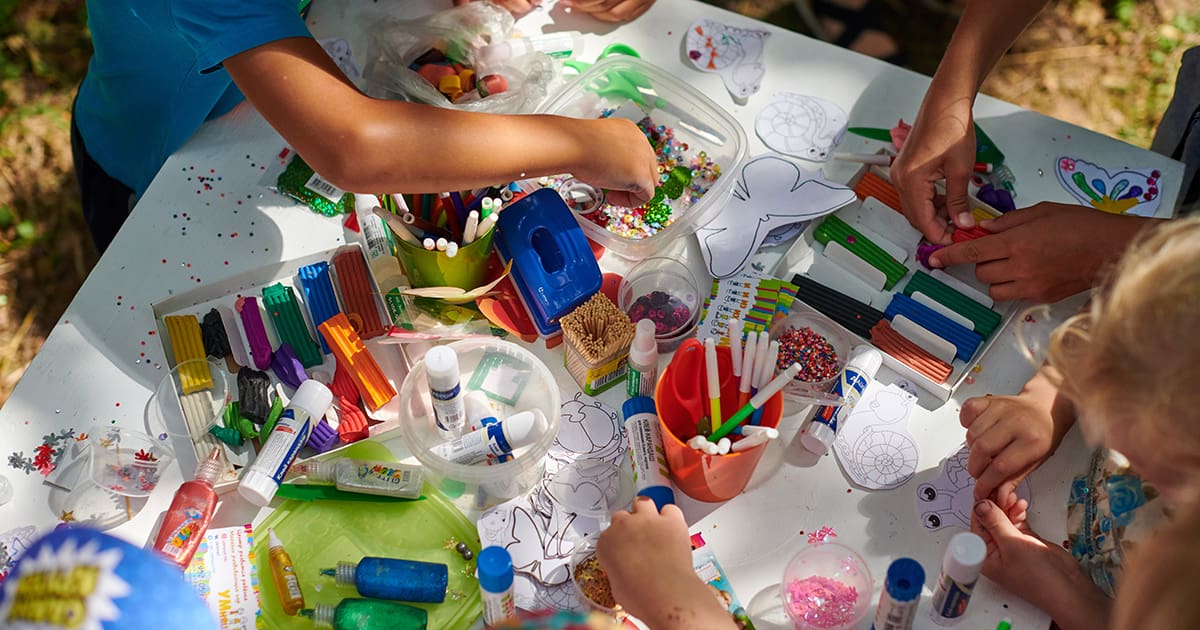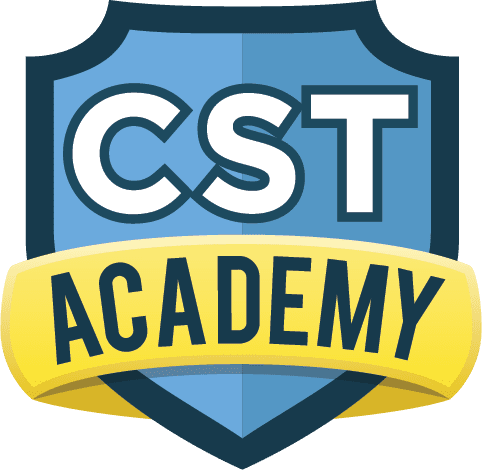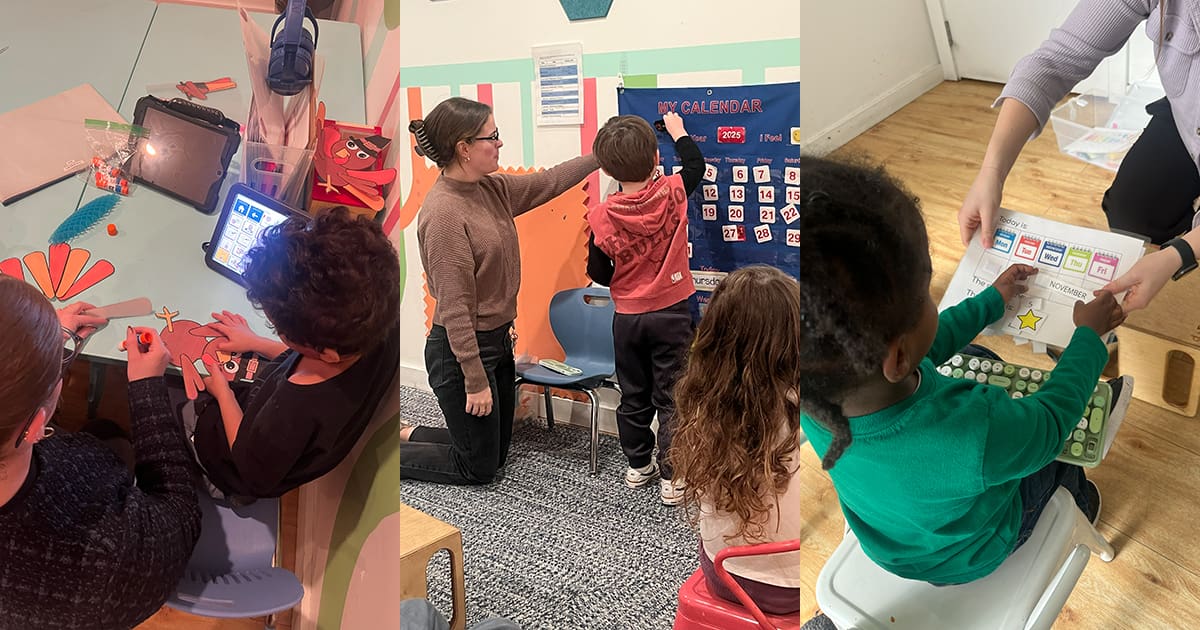Share this Post

For children with sensory processing needs, tools and activities that engage their senses can make a world of difference. Sensory tools help kids calm down, stay focused, and feel grounded, which is especially important for children with sensory sensitivities or autism. While many sensory tools are available for purchase, creating DIY sensory tools at home is an easy, affordable, and fun way to support your child’s needs.
At CST Academy, we understand the importance of sensory tools in fostering a child’s growth and development. Through our sensory-focused programs, we introduce families to strategies and activities that can be easily incorporated at home. DIY sensory tools are a fantastic way to extend these benefits beyond therapy, helping children learn and thrive in their everyday environments.
What Are Sensory Tools?
Sensory tools are items or activities designed to help children regulate their sensory input. They can be used to calm overstimulation, provide sensory feedback, or encourage focus and engagement. From fidget toys to weighted items, these tools cater to various sensory preferences and needs.
Why Sensory Tools Are Beneficial:
- Promote Sensory Regulation: Help children stay calm and focused.
- Encourage Self-Soothing: Provide children with strategies to manage overwhelming situations.
- Enhance Focus: Support learning and engagement by meeting sensory needs.
- Boost Motor Skills: Many tools also help improve fine and gross motor abilities.
DIY Sensory Tools: Affordable and Accessible Solutions
Creating sensory tools at home is not only cost-effective but also allows for customization based on your child’s unique preferences. Here are some easy and engaging DIY sensory tools you can make with items you likely already have at home.
1. DIY Sensory Bottles
Sensory bottles, also known as calm-down jars, are a soothing visual and tactile tool for children.
What You’ll Need:
- An empty plastic bottle with a tight-sealing lid.
- Water, clear glue, or baby oil.
- Glitter, beads, or small decorative items.
- Food coloring (optional).
How to Make It:
- Fill the bottle halfway with water or baby oil.
- Add glitter, beads, or other small items.
- Add a few drops of food coloring if desired.
- Seal the lid tightly with glue to prevent spills.
How It Helps:
Sensory bottles provide calming visual stimulation, making them perfect for children who need to self-regulate in overwhelming situations.
2. Homemade Play Dough
Play dough is a classic sensory tool that engages touch and promotes creativity.
What You’ll Need:
- 2 cups of flour.
- 1 cup of salt.
- 2 tablespoons of cream of tartar.
- 2 tablespoons of vegetable oil.
- 1.5 cups of water.
- Food coloring or essential oils (optional).
How to Make It:
- Combine all ingredients in a pot over medium heat.
- Stir until the dough forms a ball.
- Let it cool, then knead it until smooth.
How It Helps:
The tactile experience of kneading and molding play dough can reduce stress and improve fine motor skills.
3. DIY Weighted Lap Pad
Weighted lap pads can provide calming pressure, helping children focus and stay grounded.
What You’ll Need:
- A pillowcase or fabric.
- Dry rice, beans, or plastic pellets.
- Needle and thread or a sewing machine.
How to Make It:
- Sew the pillowcase or fabric into a pocket, leaving one side open.
- Fill the pocket with rice or beans to your desired weight.
- Sew the opening closed.
How It Helps:
Weighted items provide deep pressure input, which can help children who seek proprioceptive feedback feel calm and secure.
4. DIY Sensory Bin
Sensory bins are versatile tools that engage touch, sight, and sometimes sound.
What You’ll Need:
- A large plastic container.
- Fillers like rice, dried beans, sand, or water beads.
- Small toys, scoops, or cups.
How to Make It:
- Fill the container with your chosen filler.
- Add small toys or tools for scooping and sorting.
How It Helps:
Sensory bins encourage exploration and imaginative play while supporting fine motor development.
5. DIY Noise-Making Shakers
Noise-making shakers are simple tools that provide auditory feedback.
What You’ll Need:
- Small plastic containers with lids (e.g., empty spice jars).
- Fillers like dry pasta, beans, or beads.
How to Make It:
- Fill the containers with your chosen materials.
- Seal the lids tightly with glue or tape.
How It Helps:
Shakers engage auditory senses and can also be used in music-based activities to support rhythm and coordination.
How CST Academy Incorporates Sensory Tools in Therapy
At CST Academy, sensory tools are a cornerstone of our programs. We use them to create sensory-friendly environments that support children’s learning and growth.
Incorporation Examples:
- During Therapy Sessions: Sensory tools are used to help children focus and engage during speech, occupational, and social skills therapies.
- In Sensory-Friendly Classrooms: Our classrooms are equipped with sensory items like weighted blankets, fidget toys, and sensory bins to promote comfort and self-regulation.
- For Parent Collaboration: We work with families to identify the most effective sensory tools for their child and provide guidance on using them at home.
Benefits of Using Sensory Tools for Kids
When used consistently, sensory tools can have a profound impact on a child’s development and overall well-being.
Key Benefits Include:
- Improved Focus and Attention: Helps children engage in tasks and activities.
- Reduced Anxiety and Stress: Provides calming sensory input to self-regulate.
- Enhanced Motor Skills: Encourages fine and gross motor development through hands-on play.
- Strengthened Emotional Regulation: Teaches children to manage overwhelming sensory input.
Why Families Trust CST Academy
Families choose CST Academy because of our commitment to providing compassionate, individualized care that meets the unique needs of every child. Here’s what sets us apart:
- Expert Therapists: Our team is highly trained in sensory integration and evidence-based therapies.
- Comprehensive Services: We offer a range of therapies and resources to support sensory needs.
- Collaborative Approach: We partner with families to ensure success extends beyond therapy sessions.
- Sensory-Friendly Environment: Our spaces are designed to make every child feel comfortable and supported.
Get Creative and Start Today
DIY sensory tools are a fun, hands-on way to support your child’s sensory needs while encouraging creativity and connection. At CST Academy, we’re here to guide you every step of the way, whether through personalized therapy programs, sensory-friendly classrooms, or parent resources.
Contact us today to learn more about how CST Academy supports children with sensory processing needs and how you can use sensory tools to make a difference in your child’s life.
Discover Our Pediatric Therapy & Autism Care
ABA Therapy
Support for children with autism.
Autism Evaluation
Expert assessments to identify child needs.
Pediatric Therapy Services
Speech, Occupational, Feeding, and Physical Therapy.
Therapeutic Preschool
A classroom environment designed for early learners with unique needs.

Find the Best Care for Your Child




